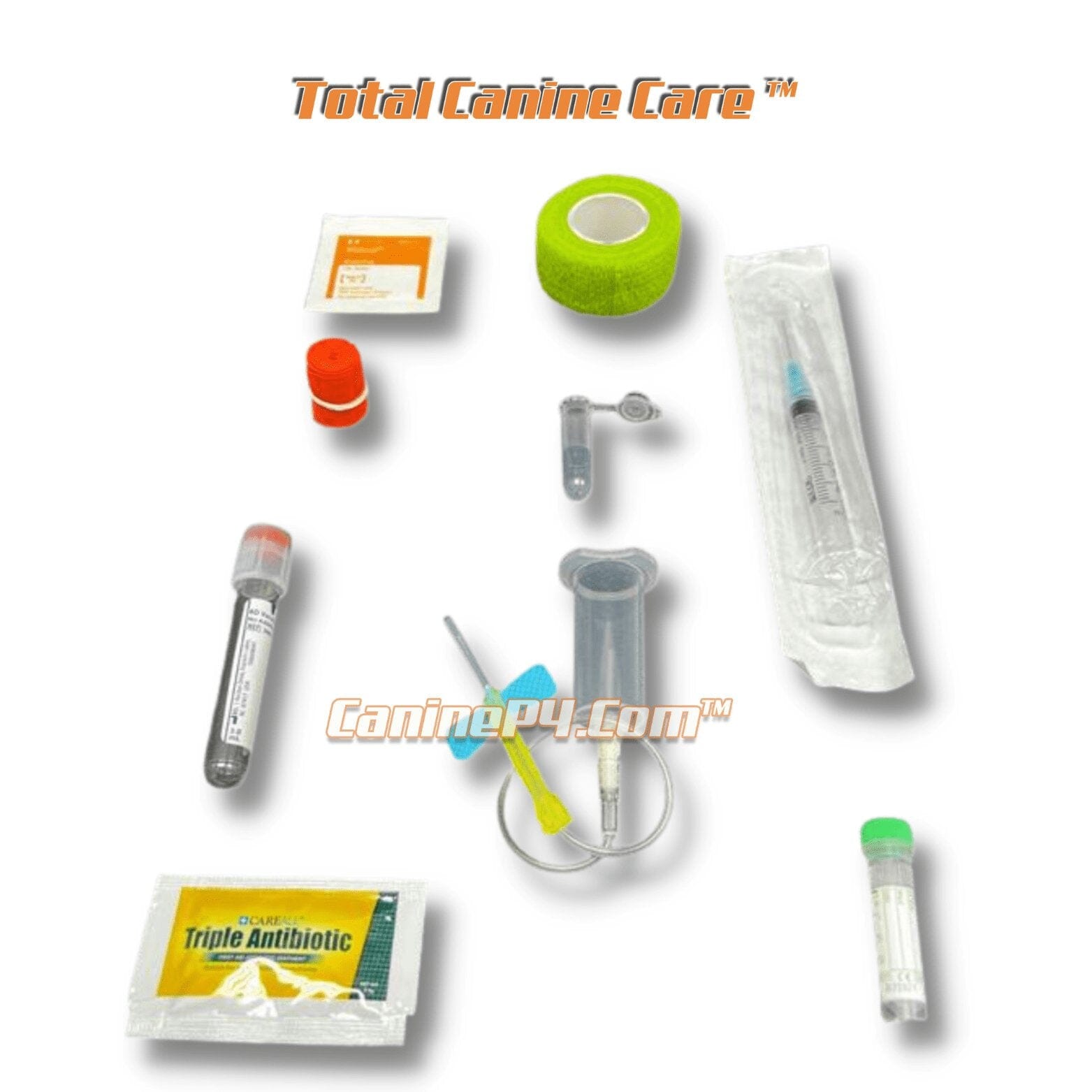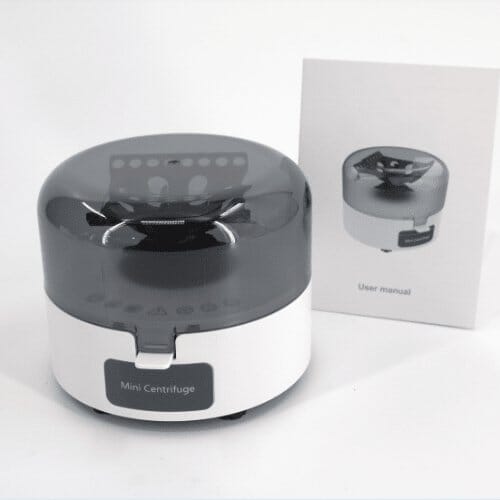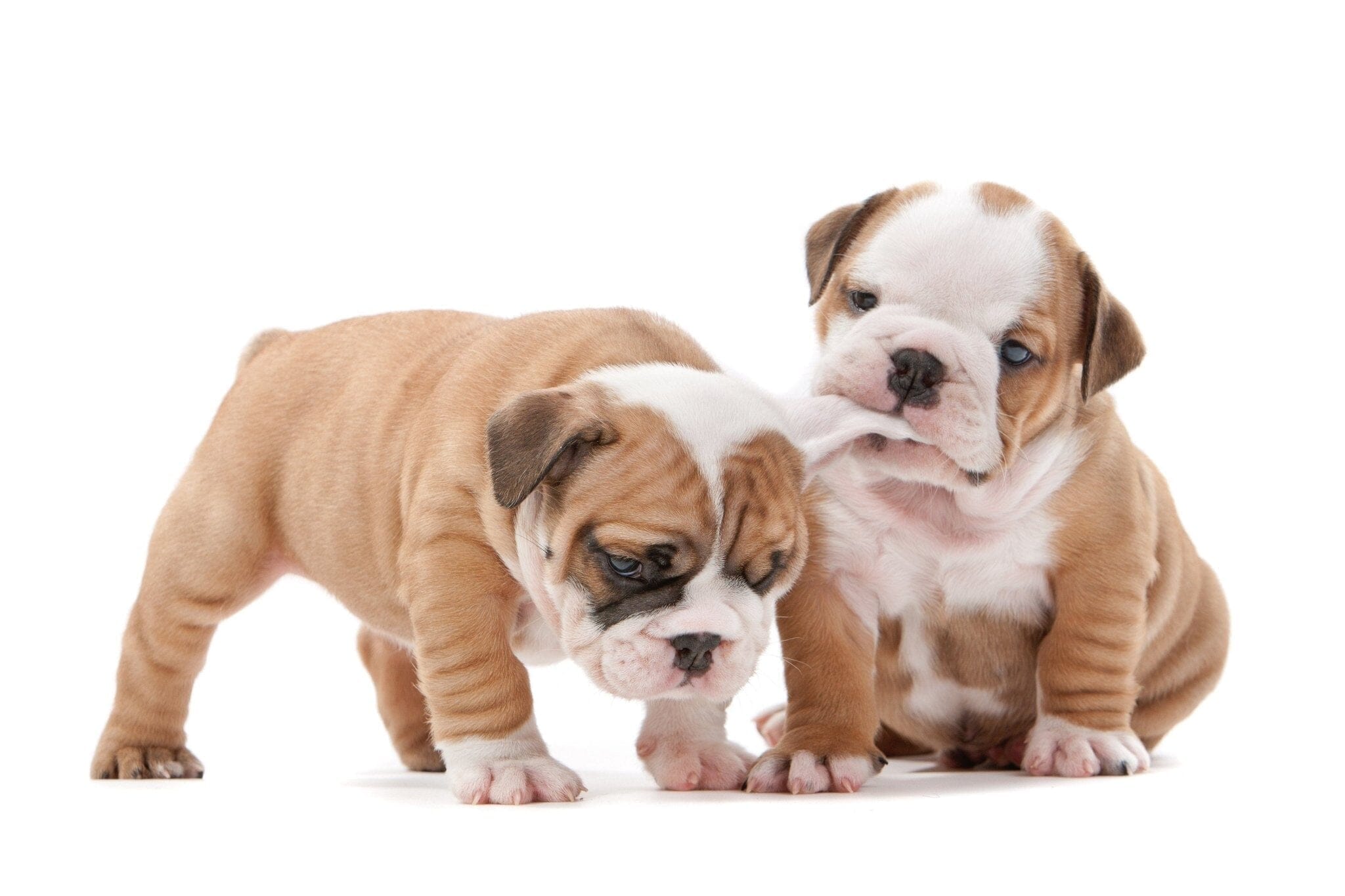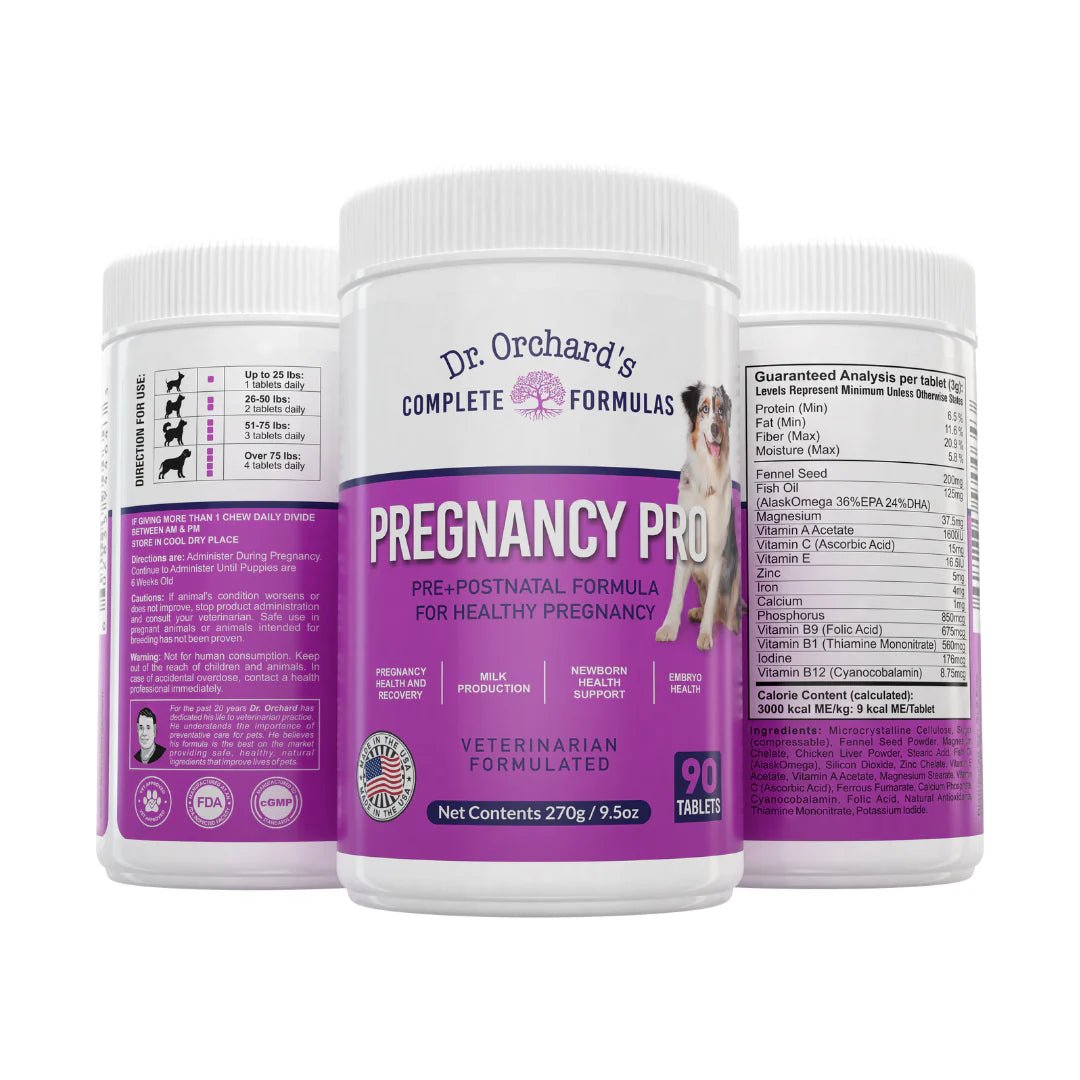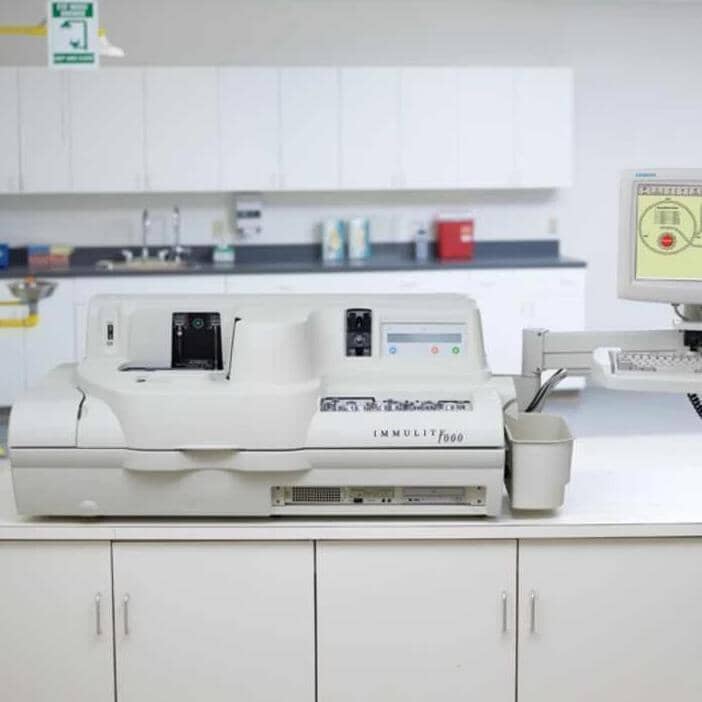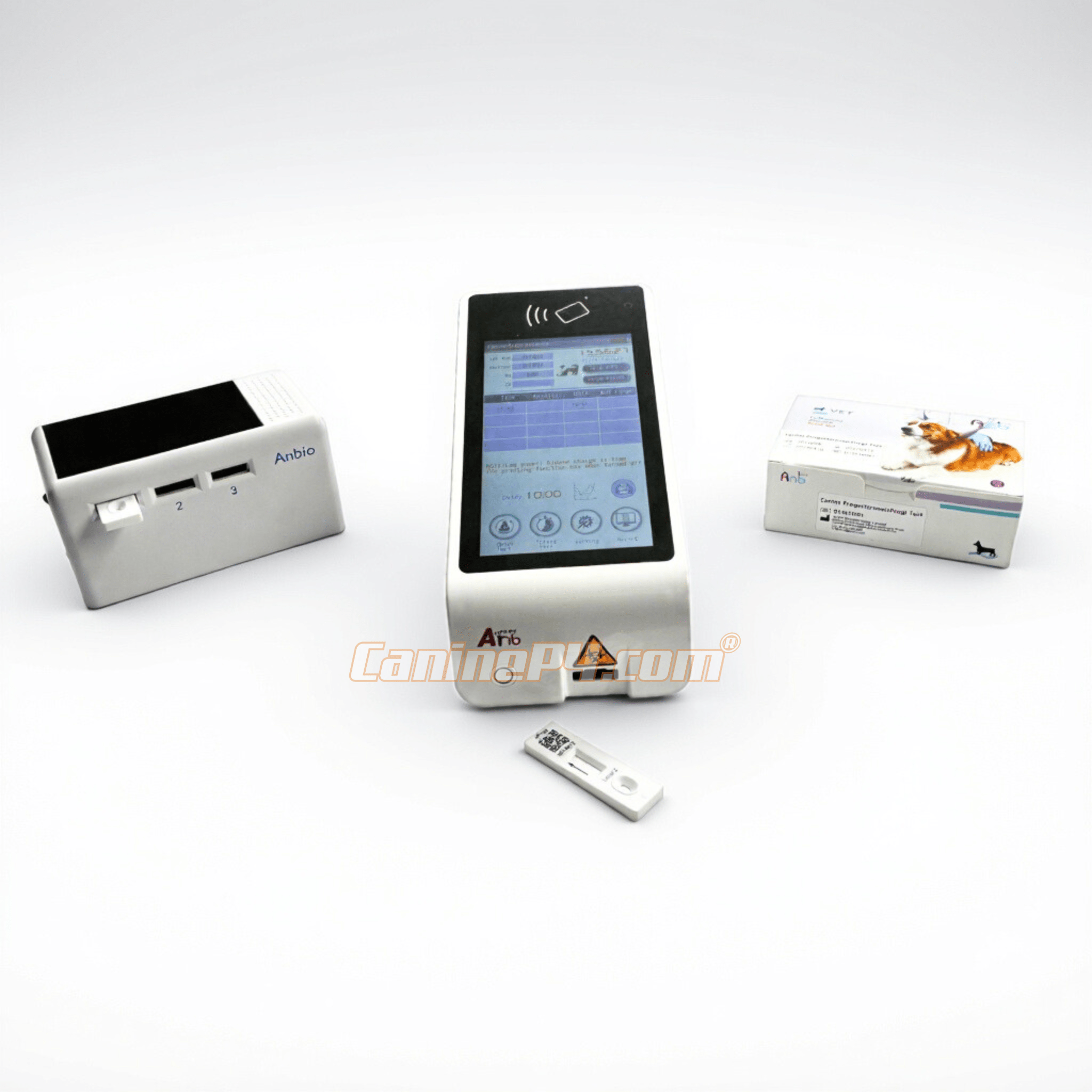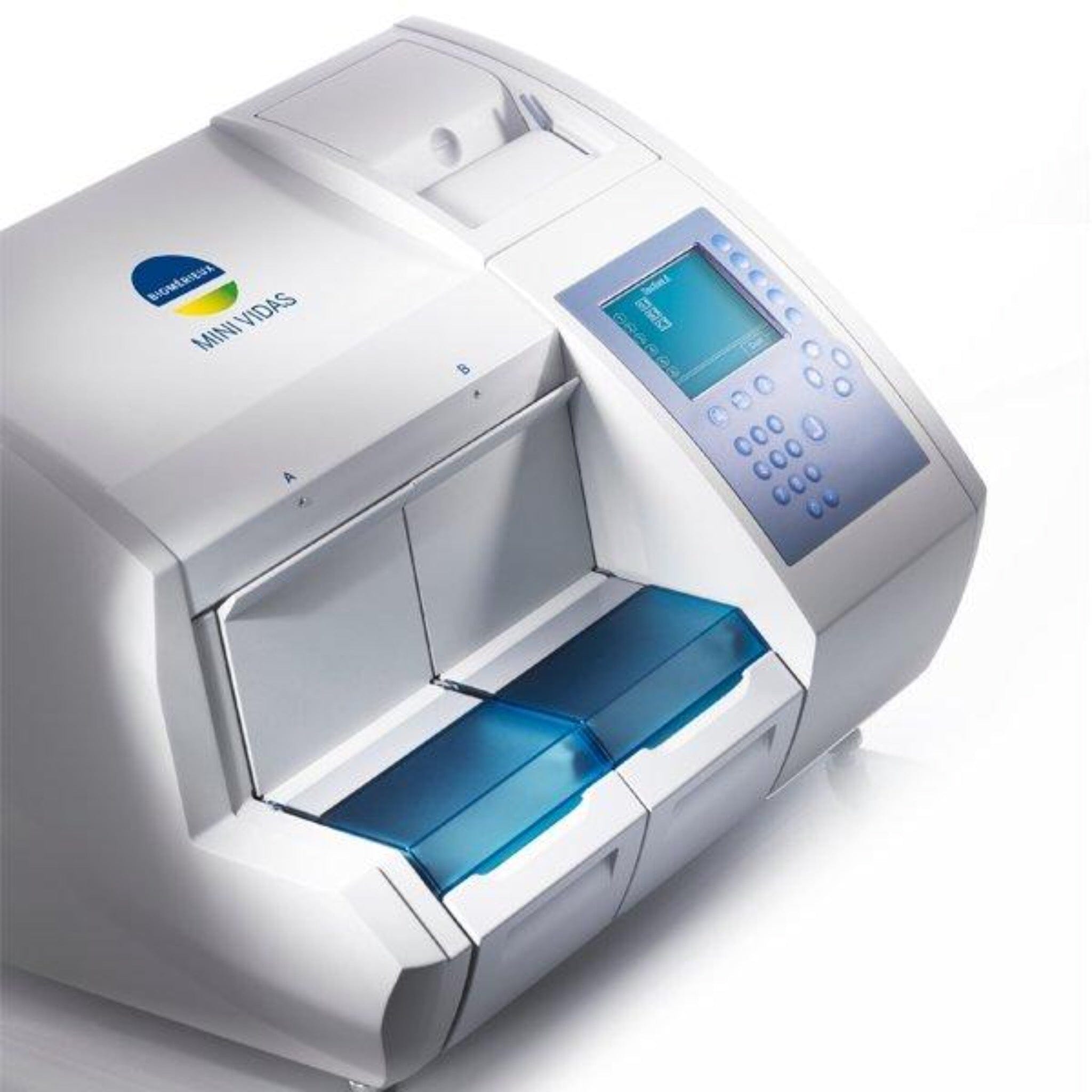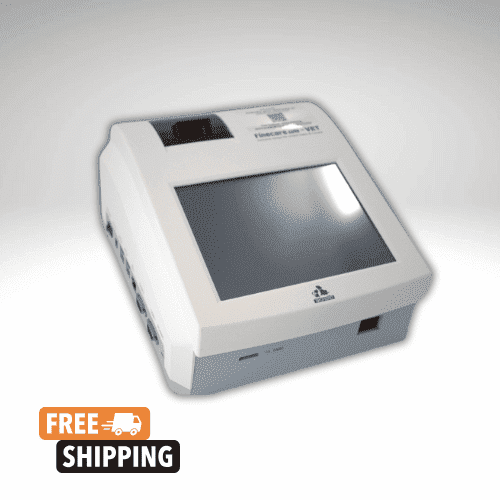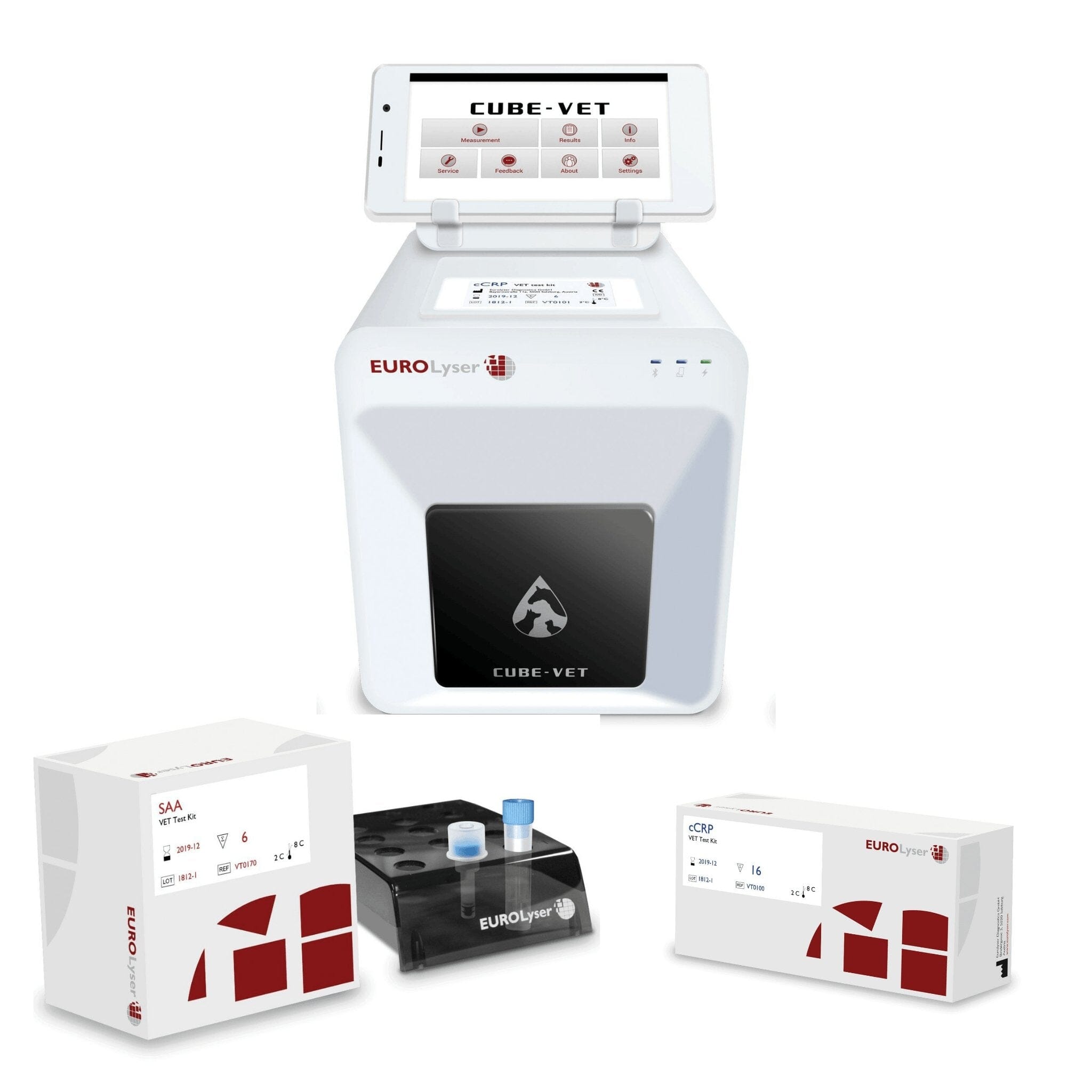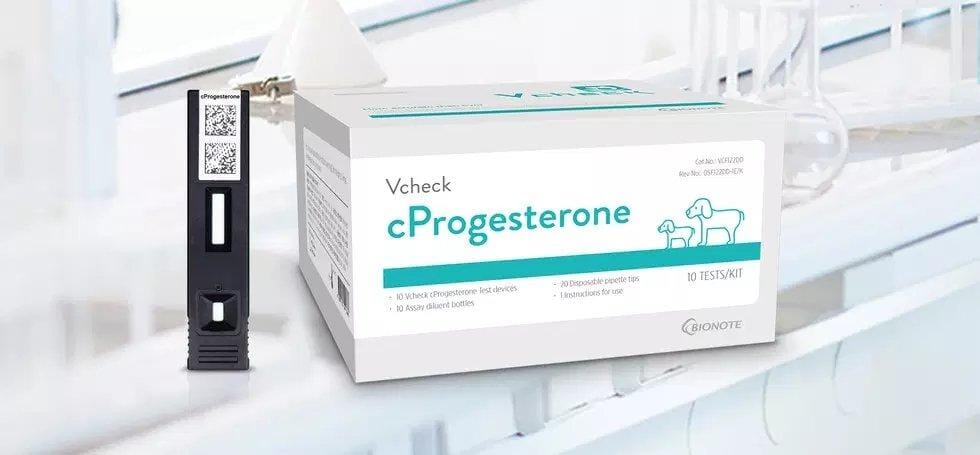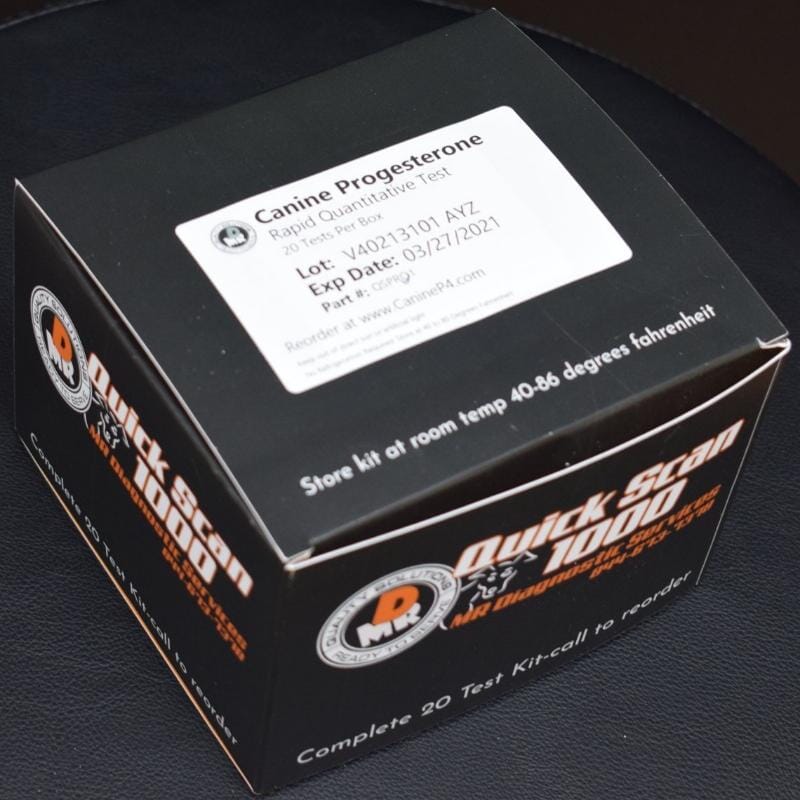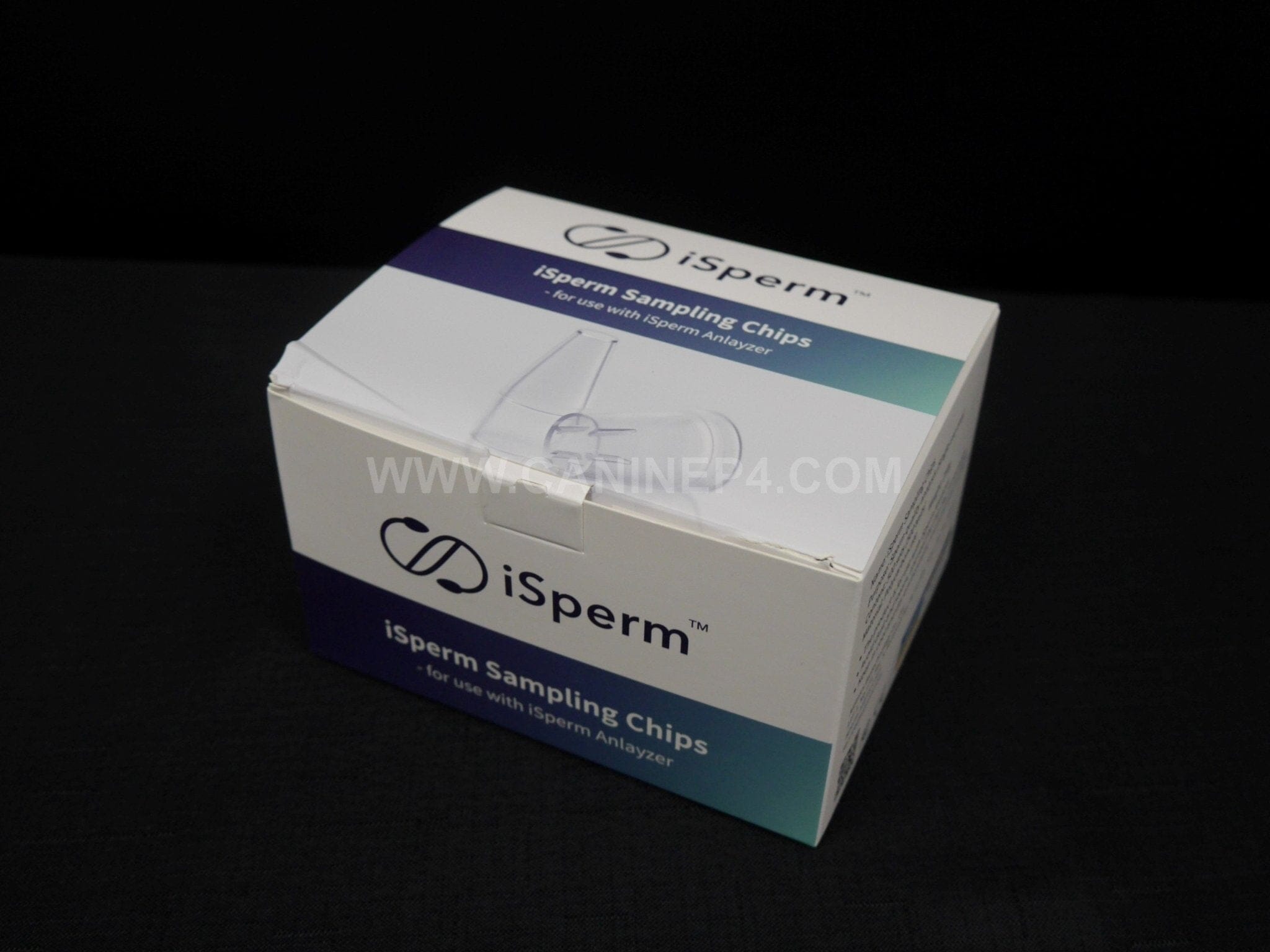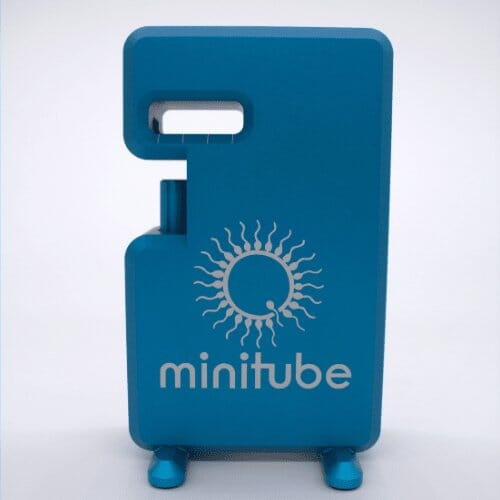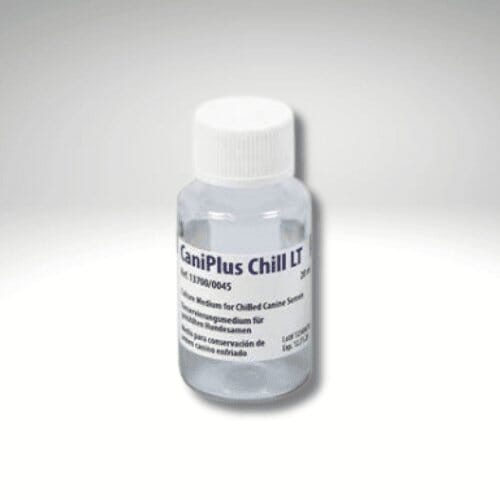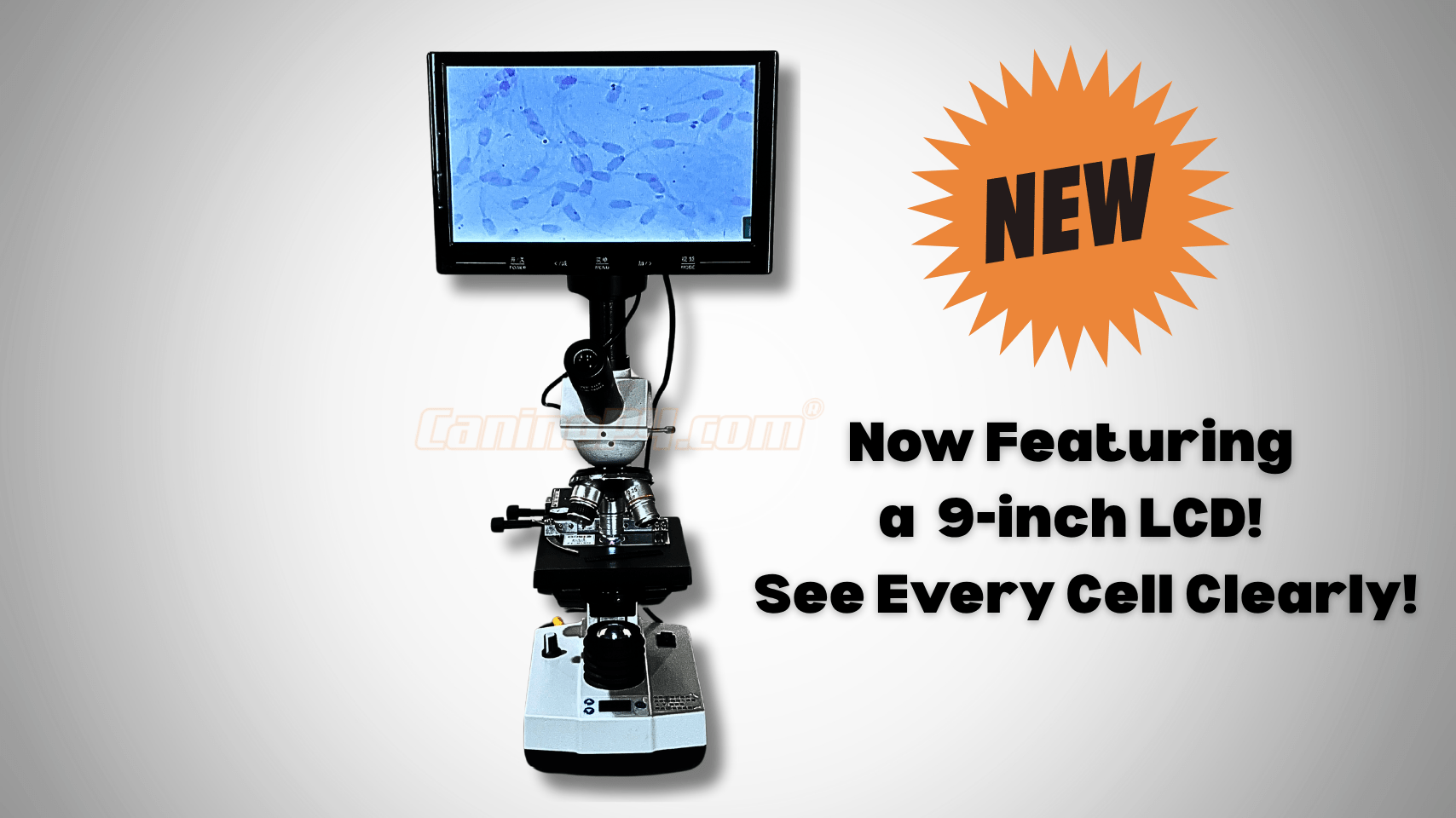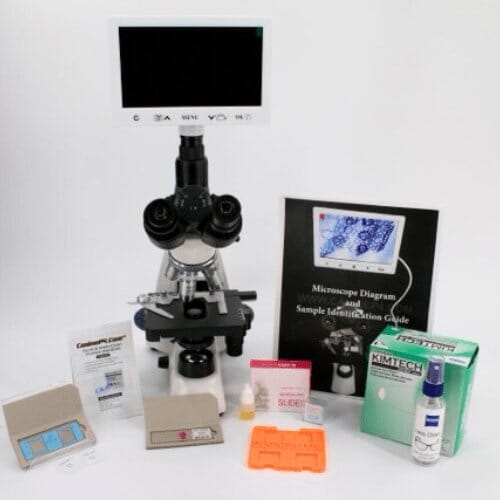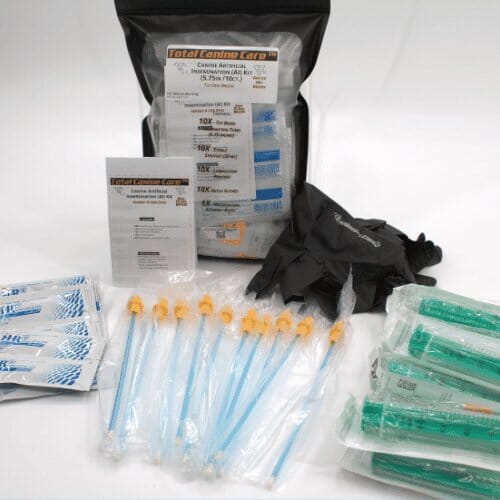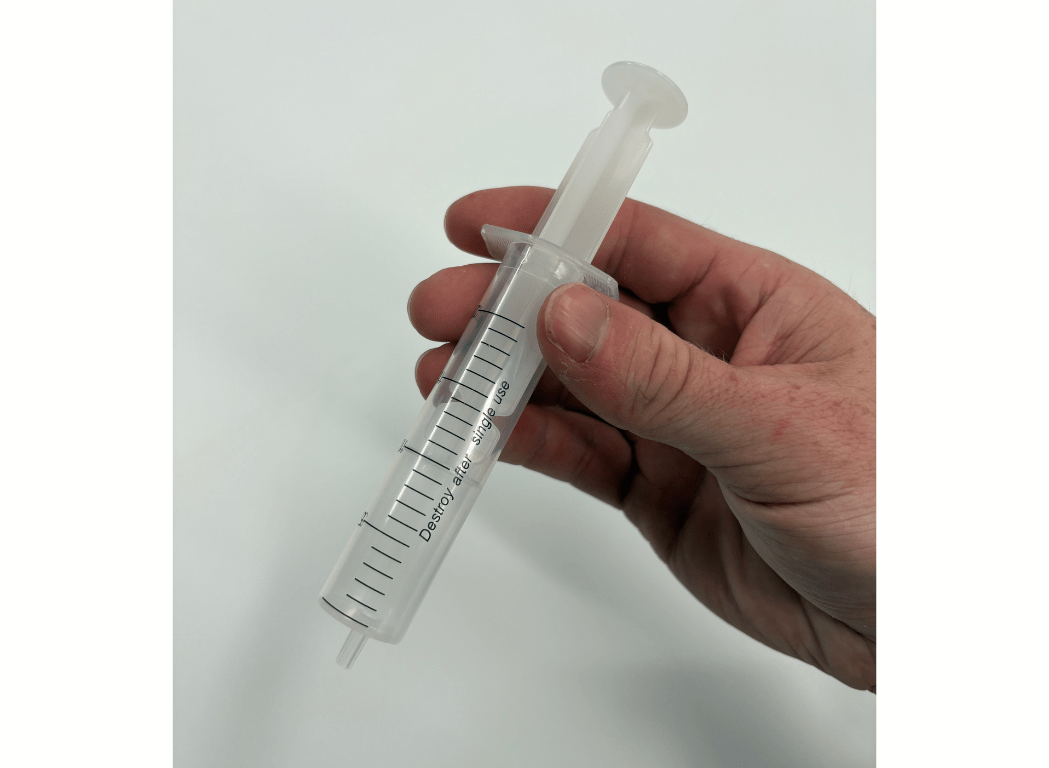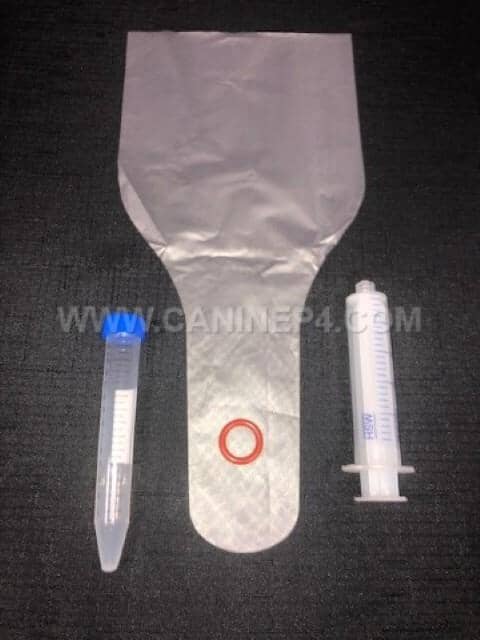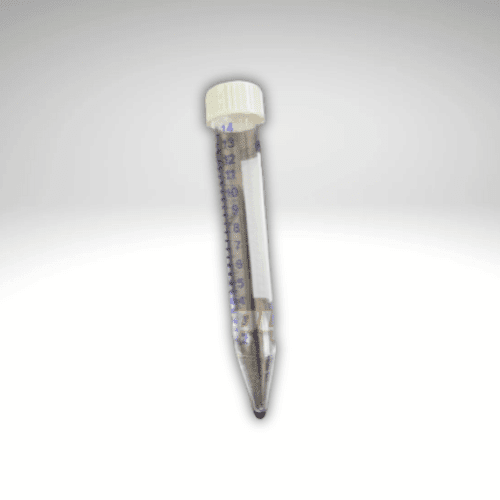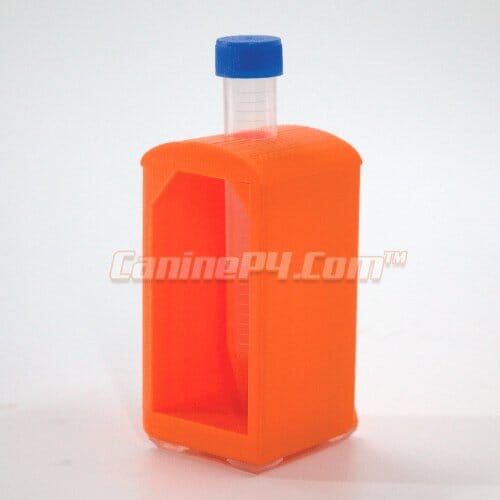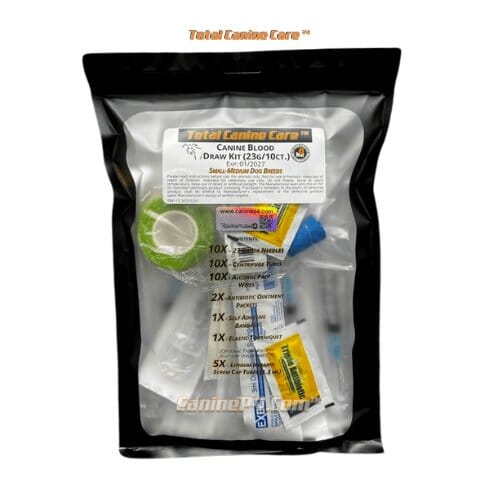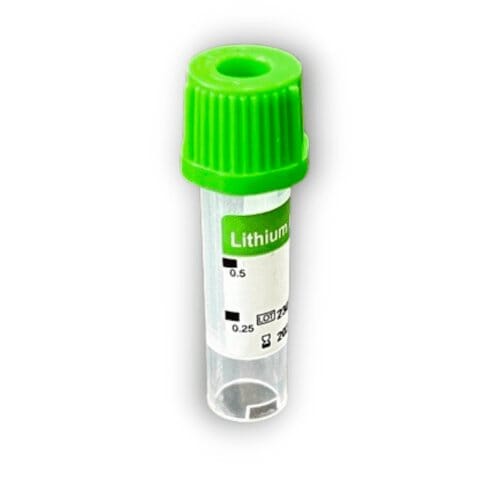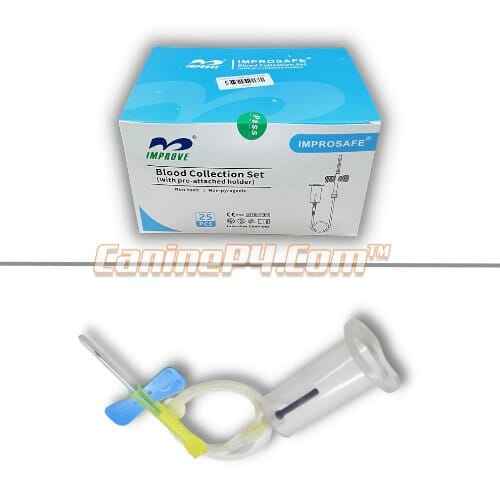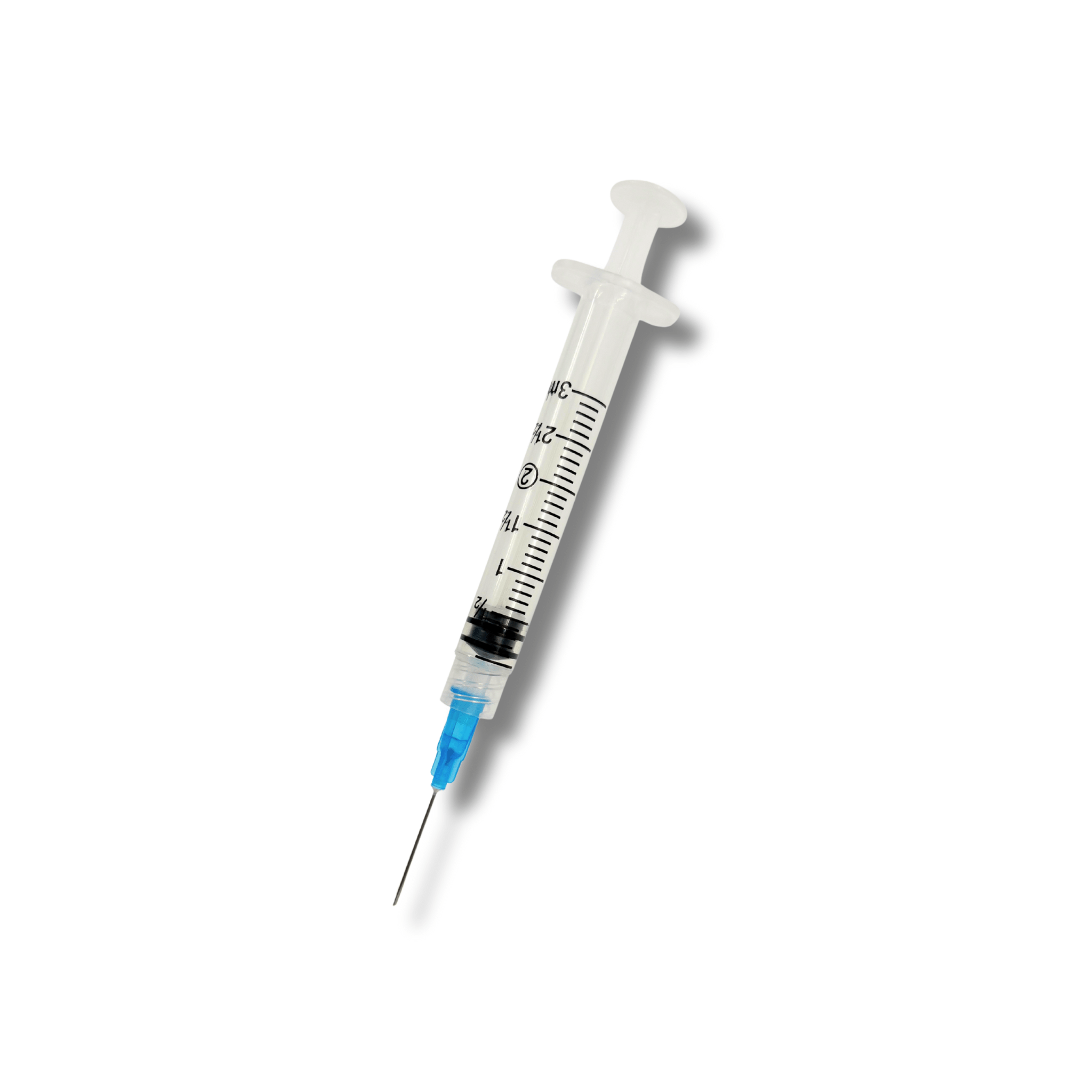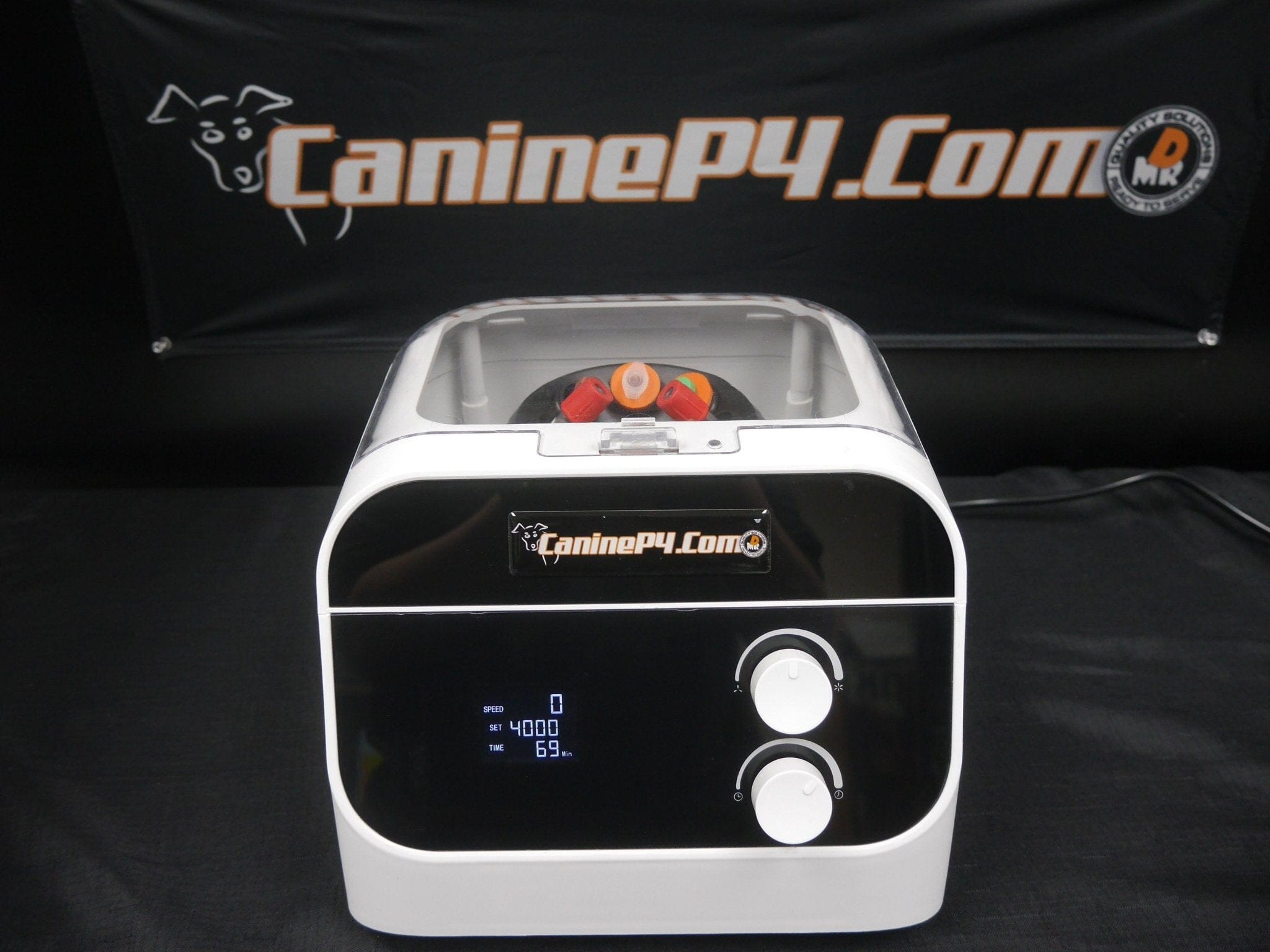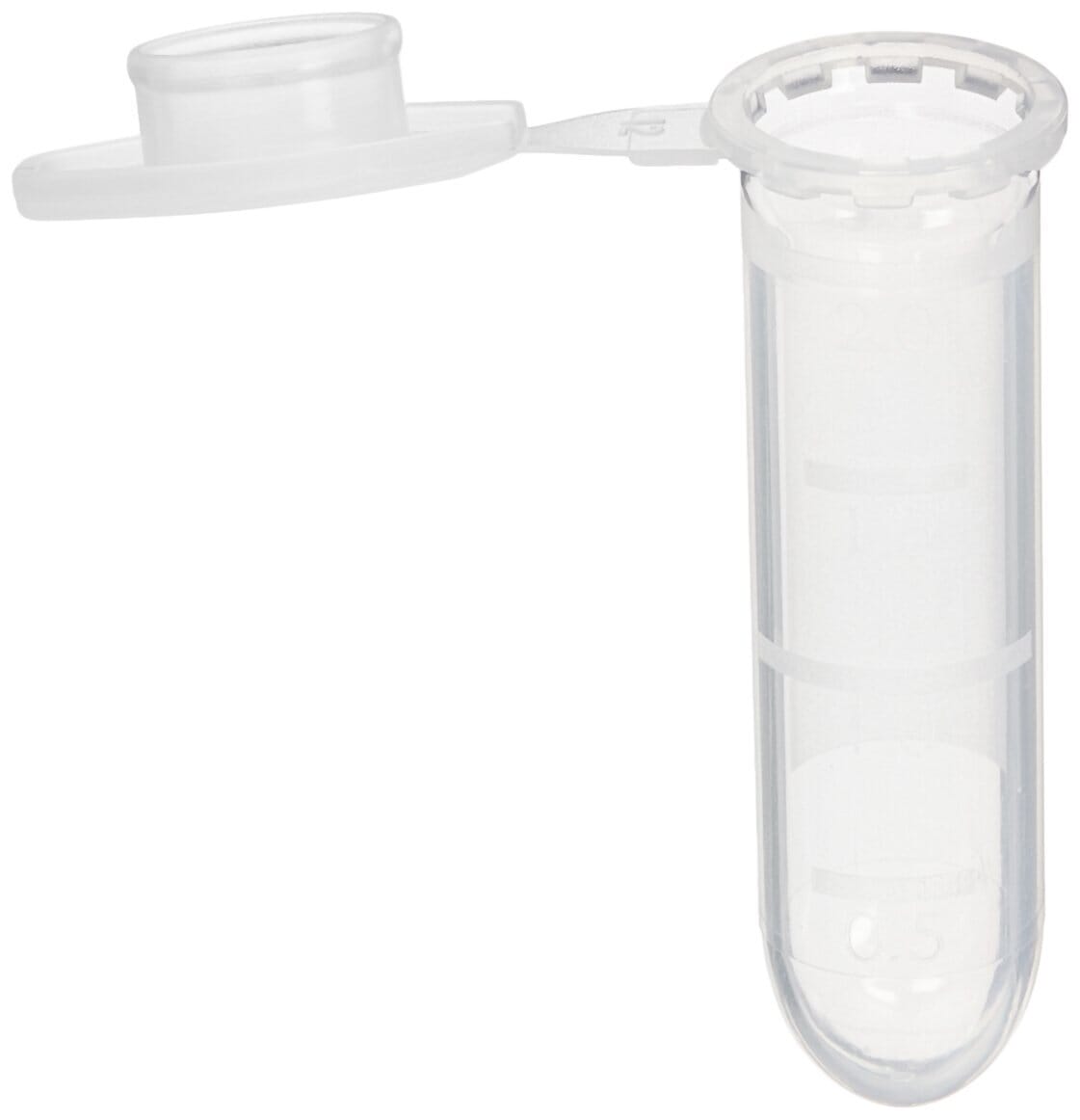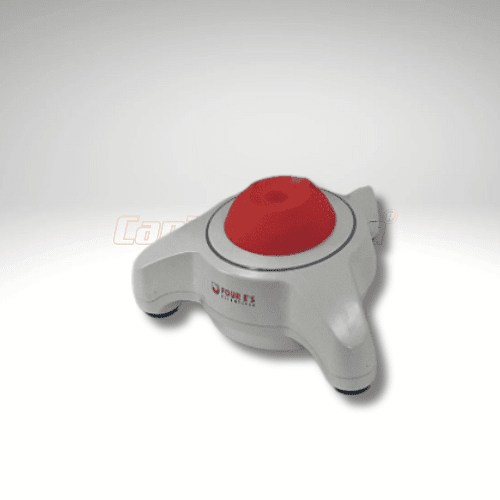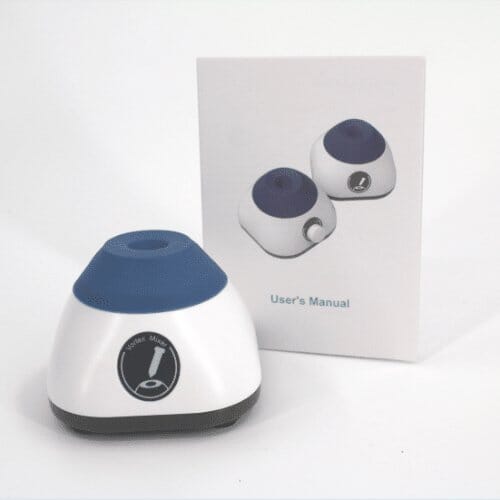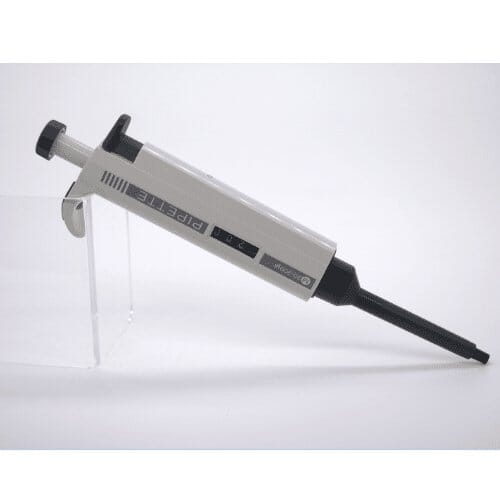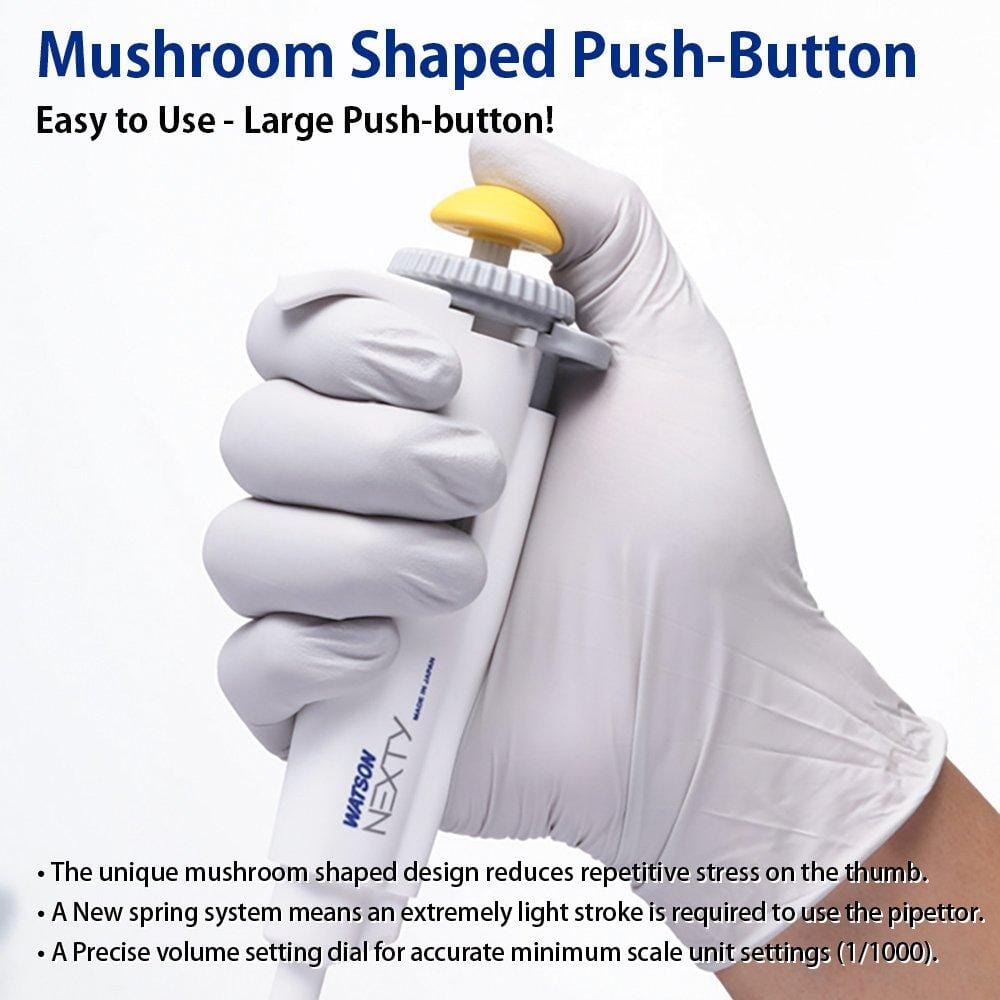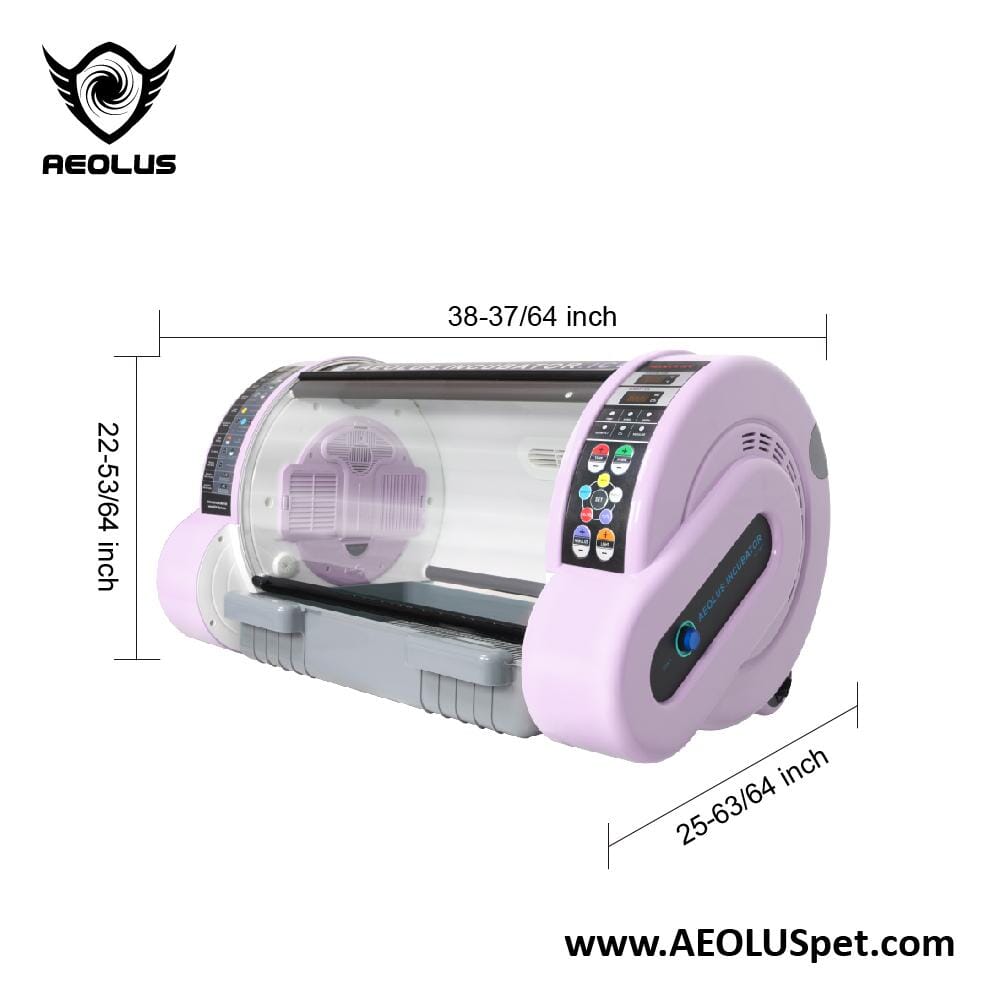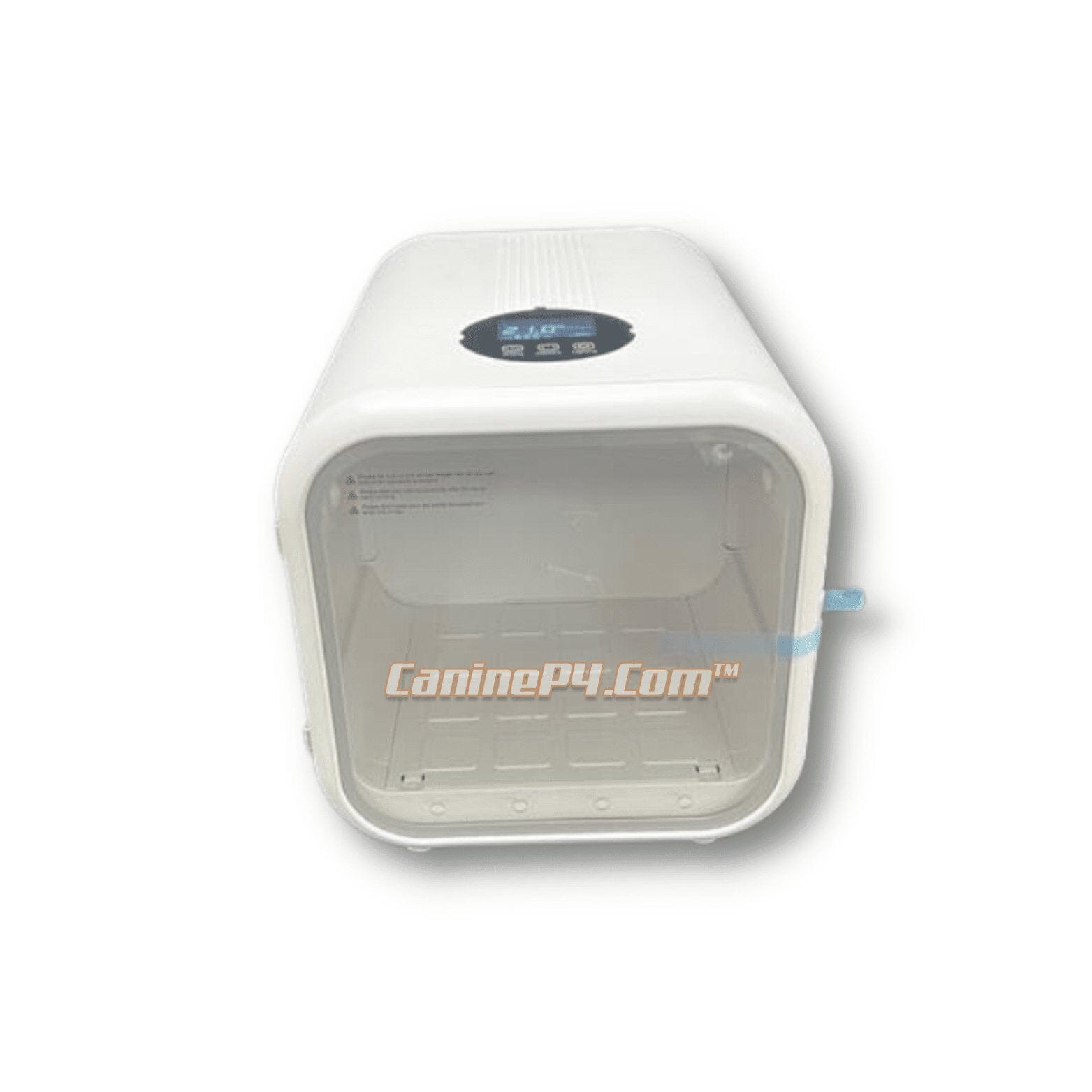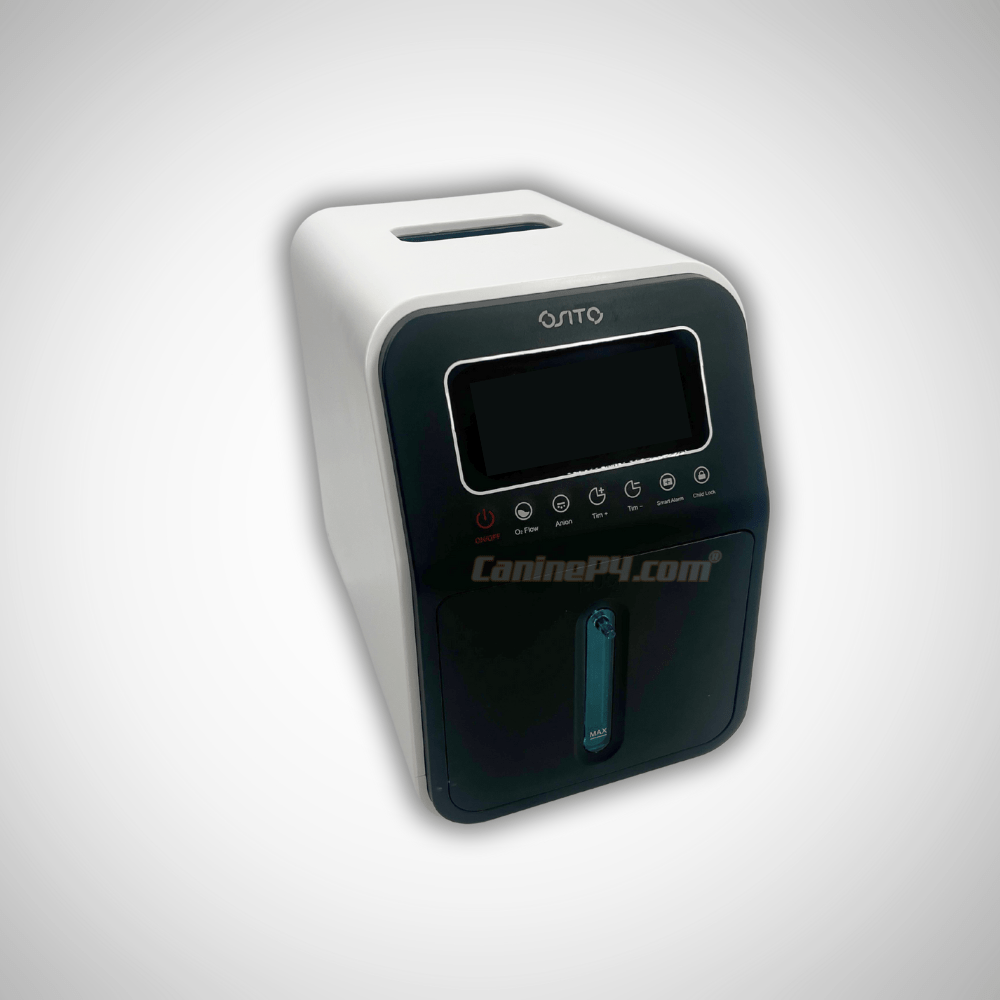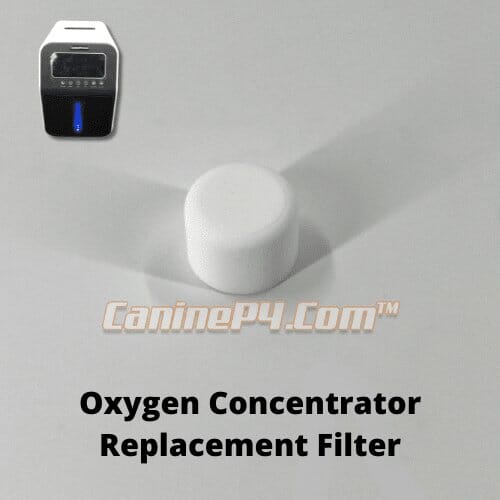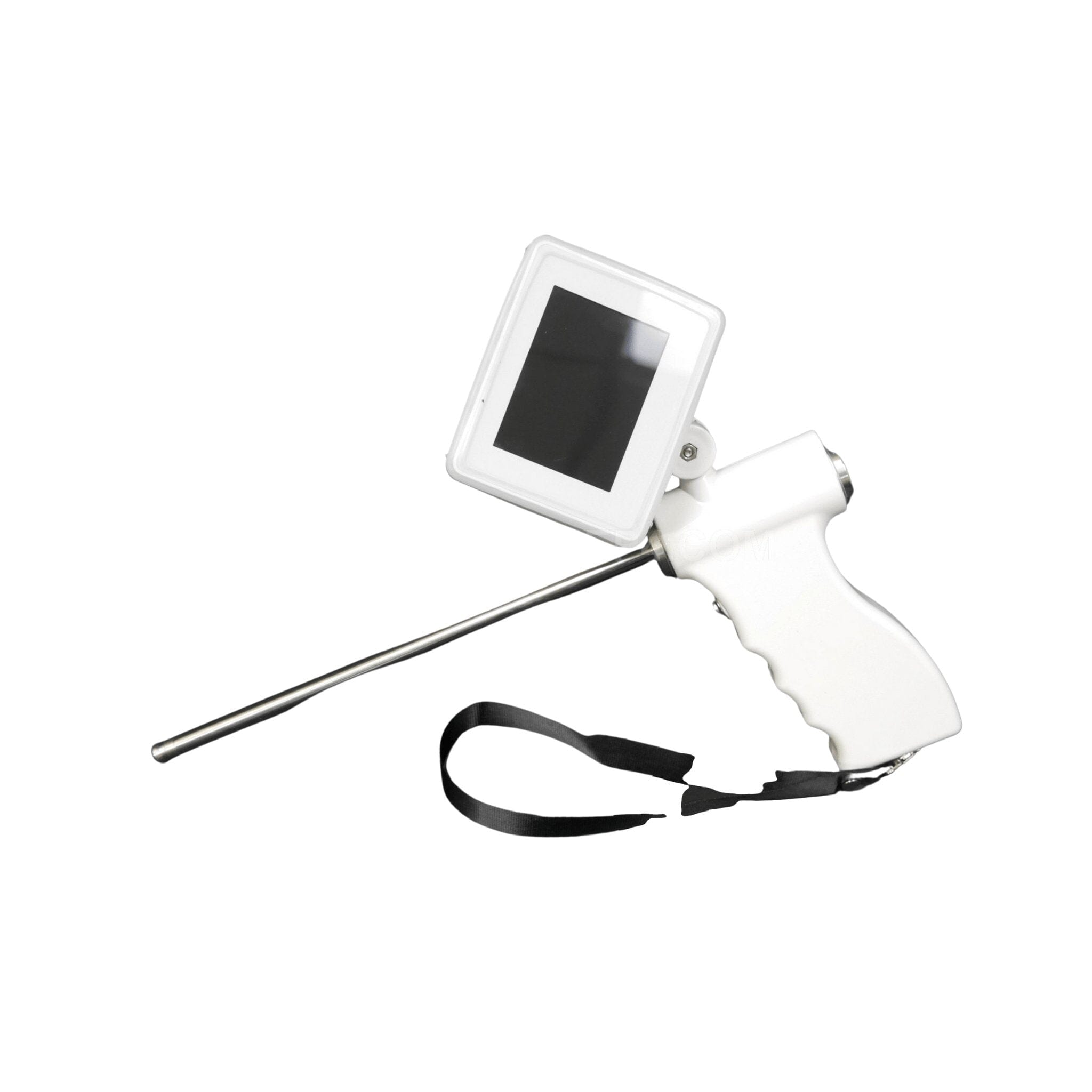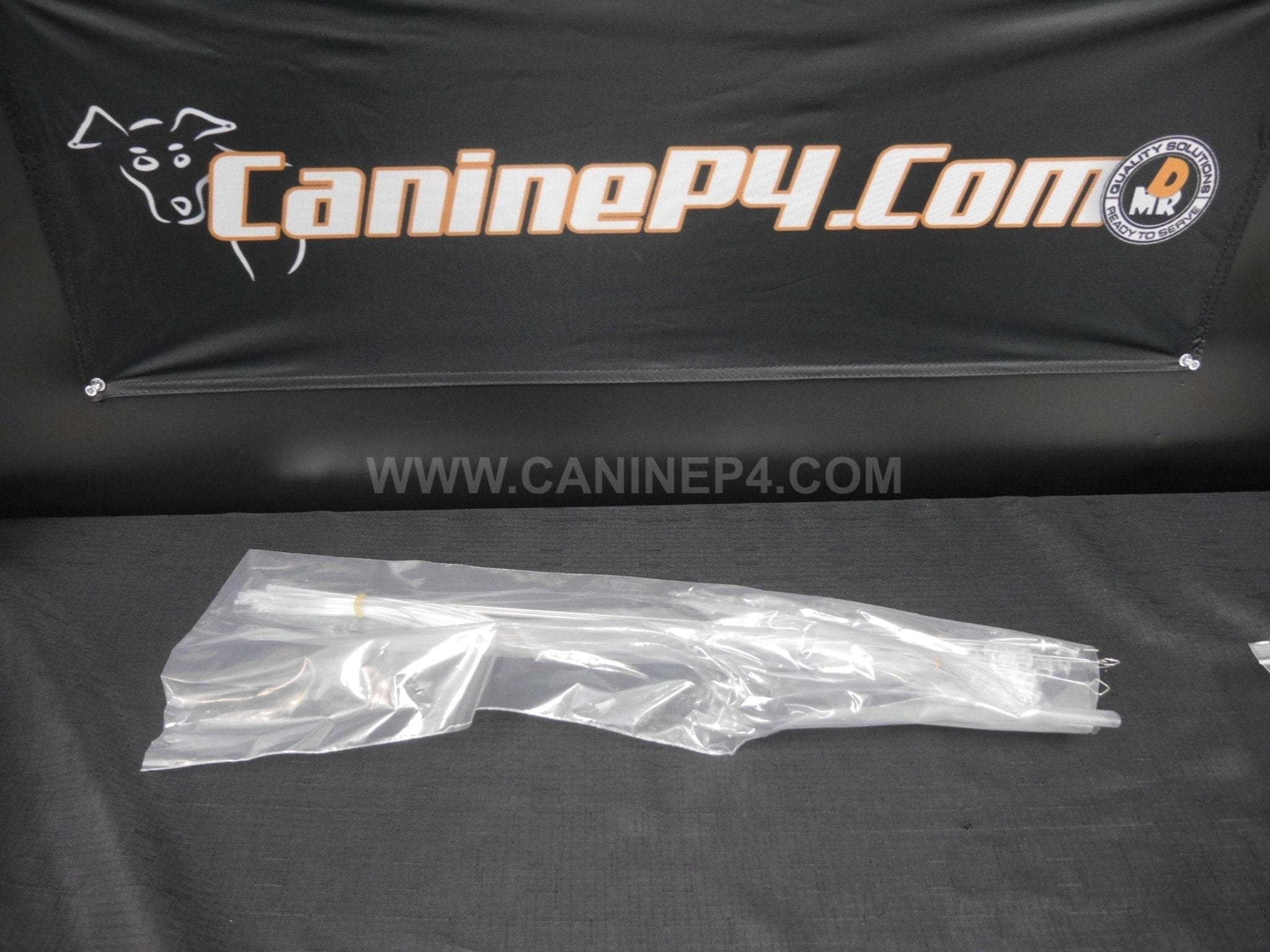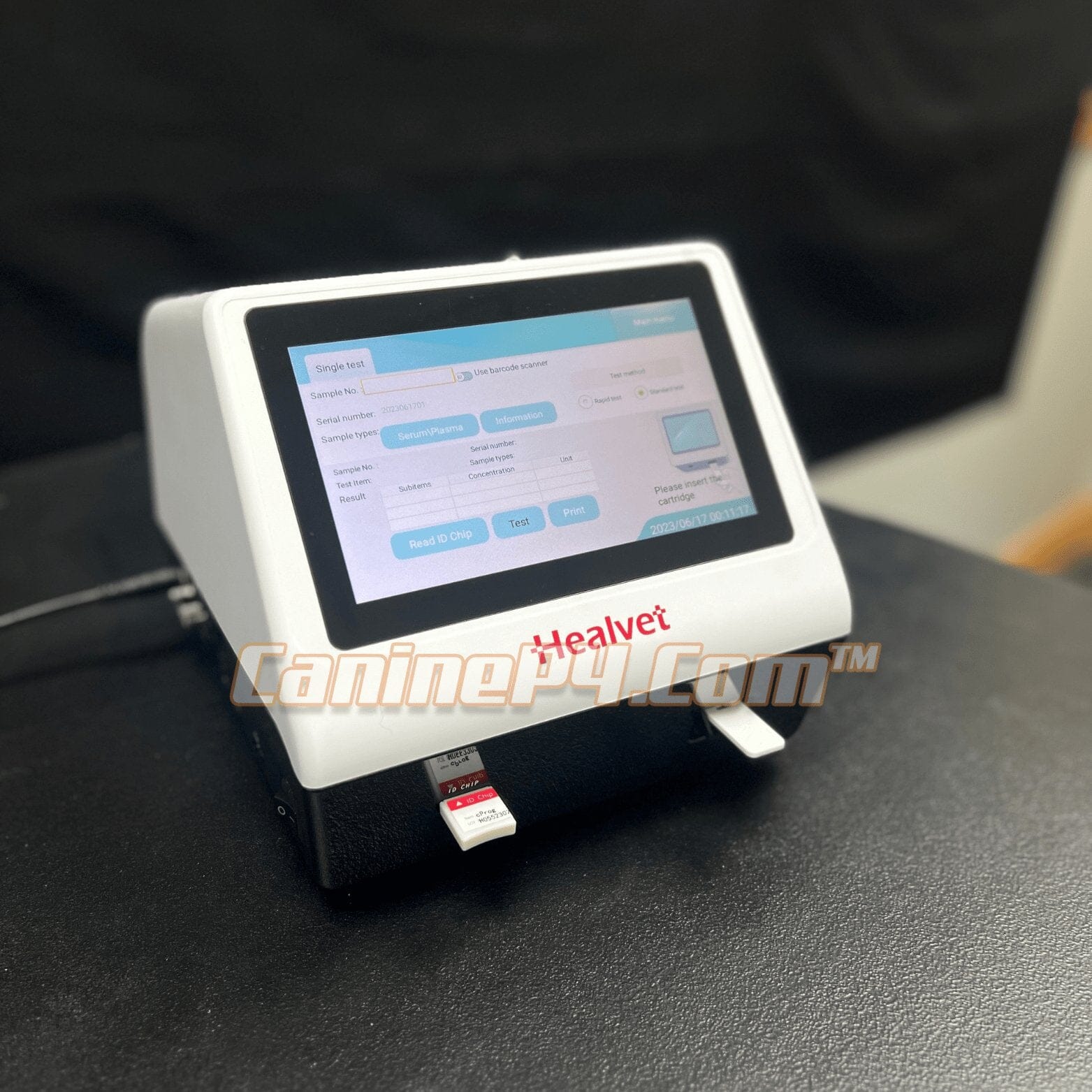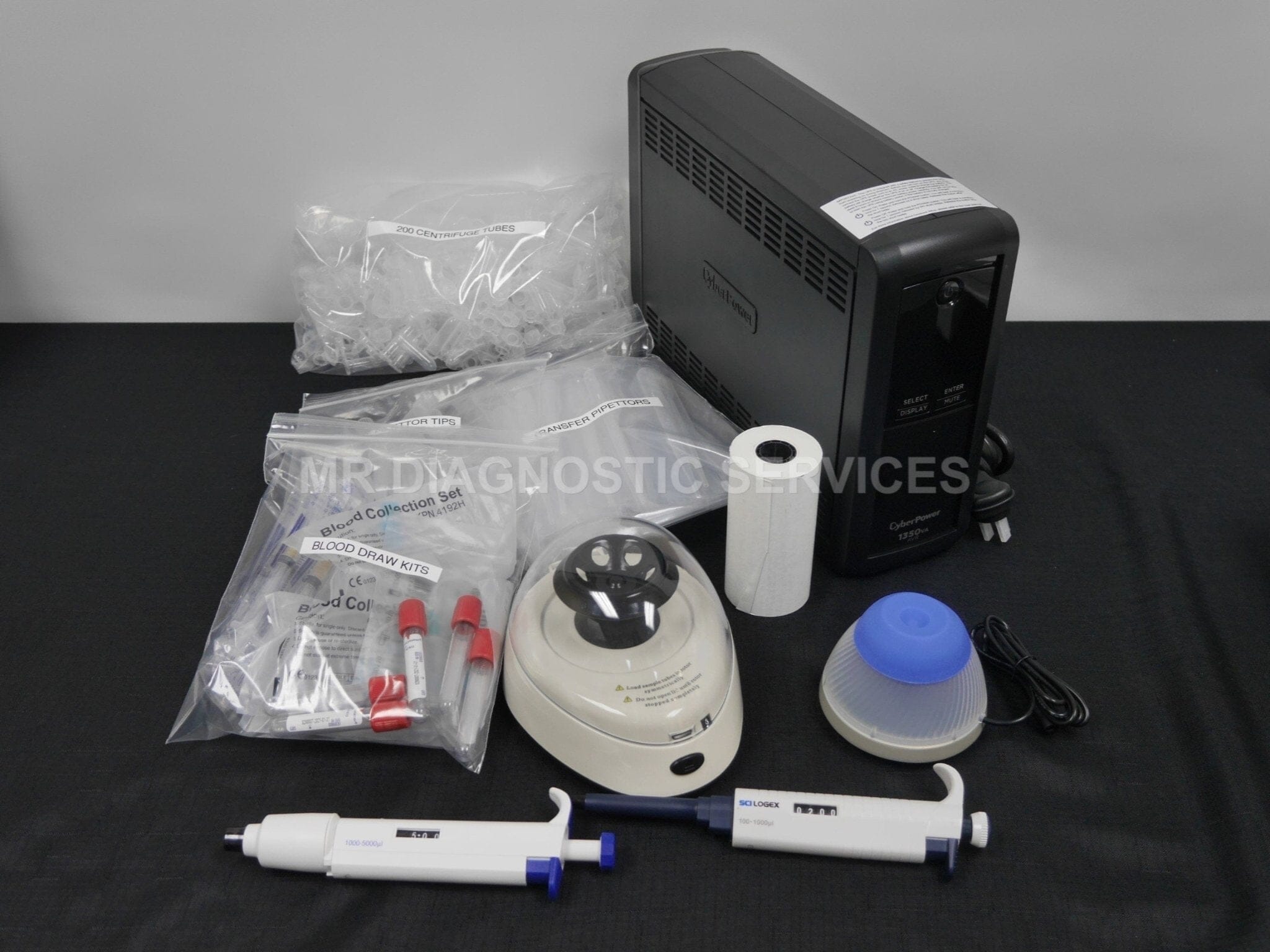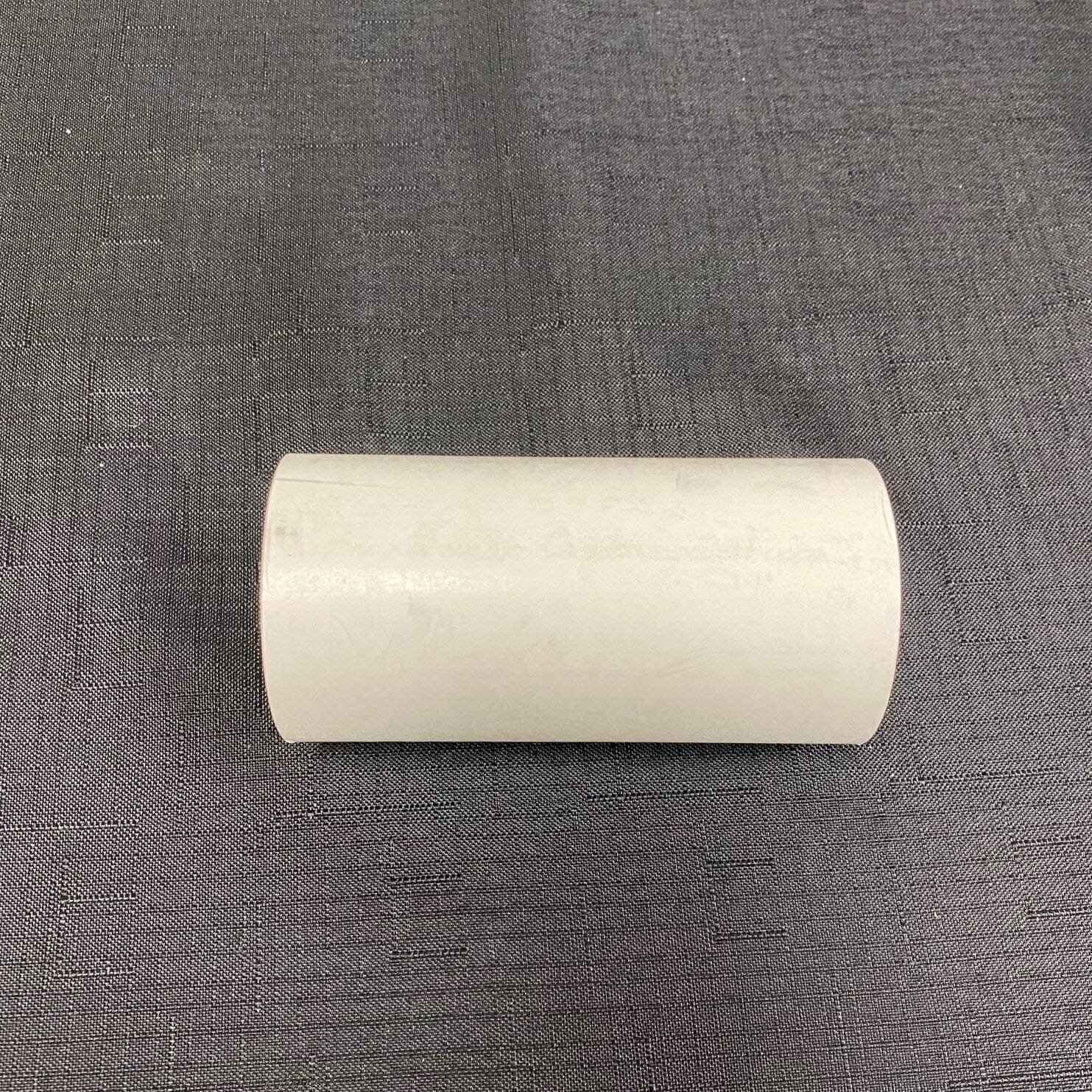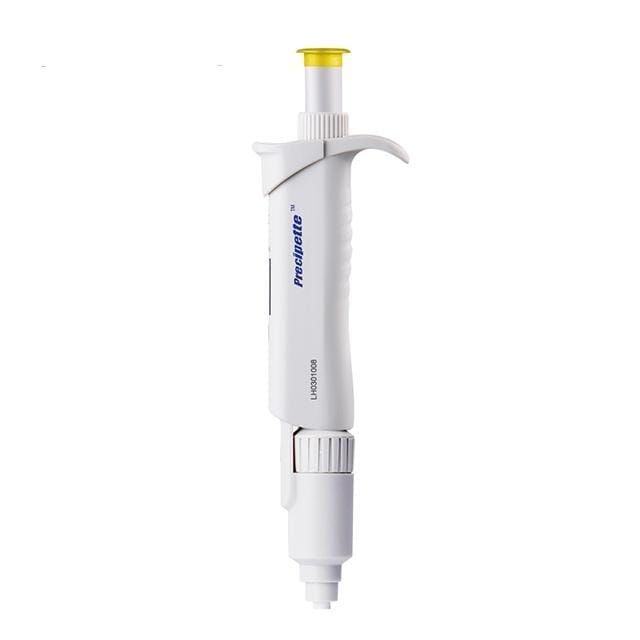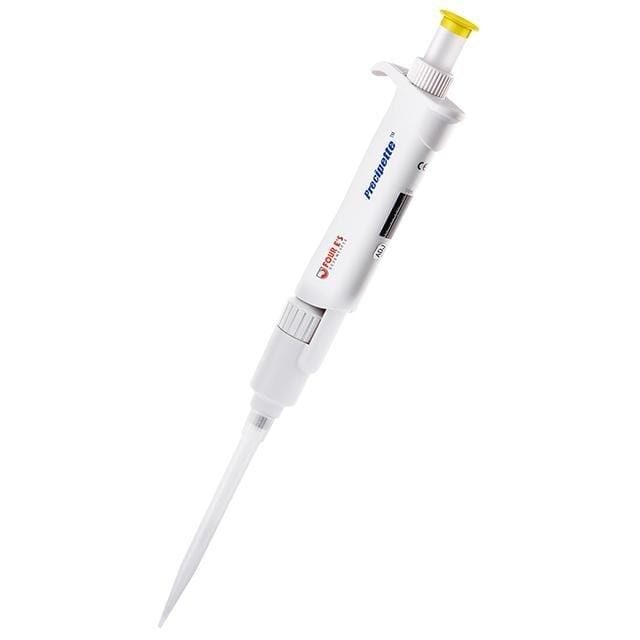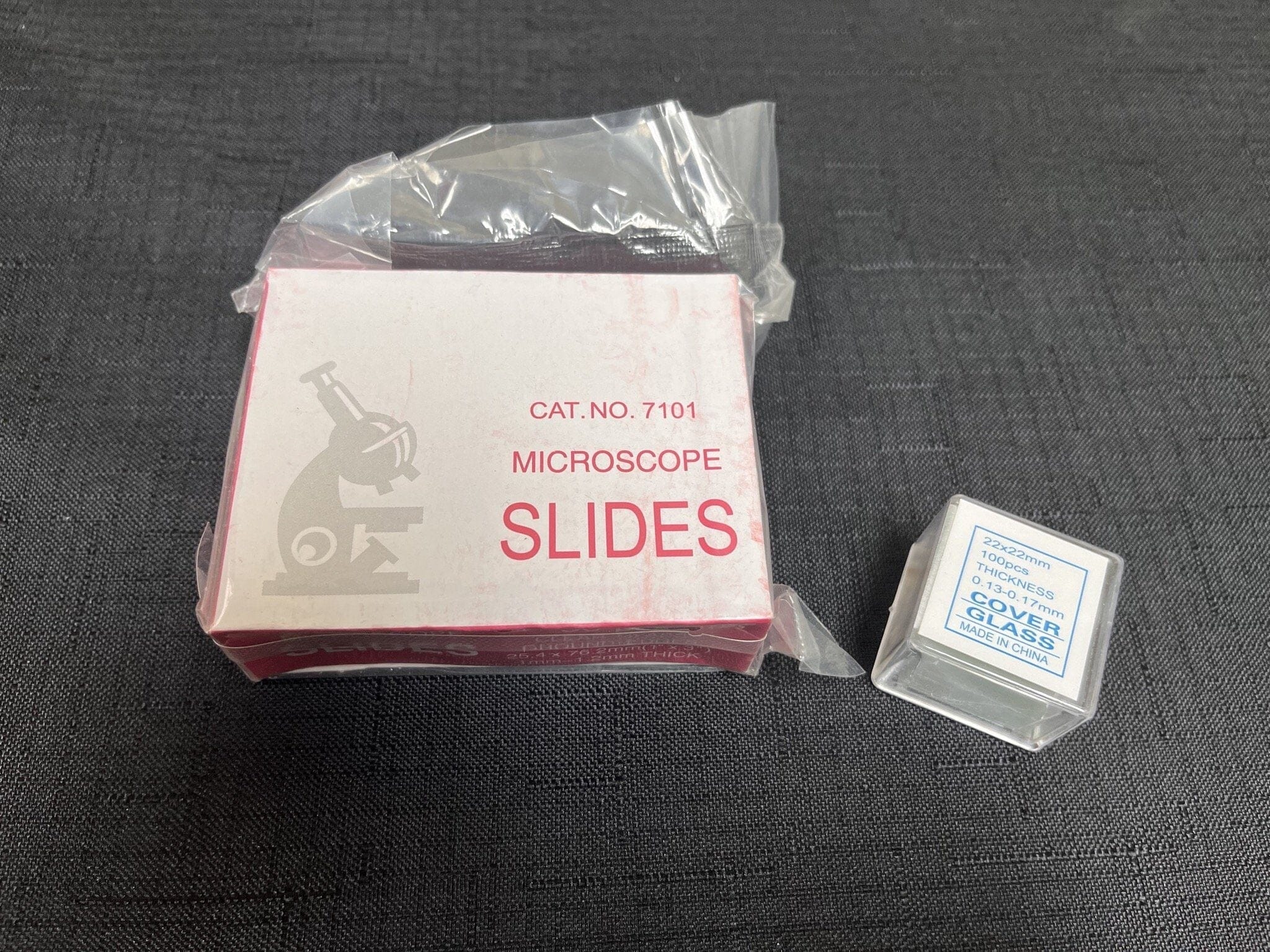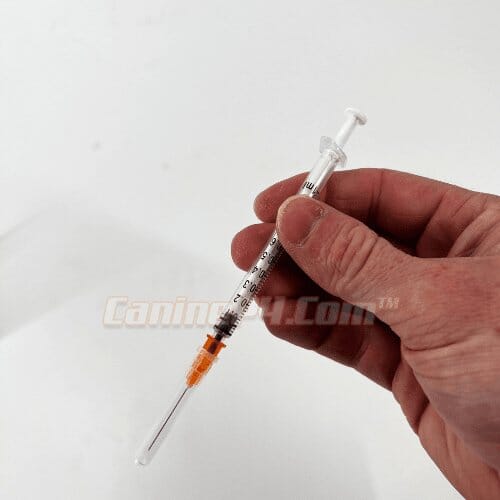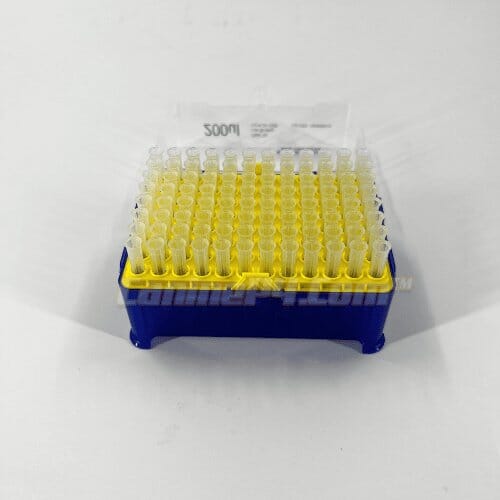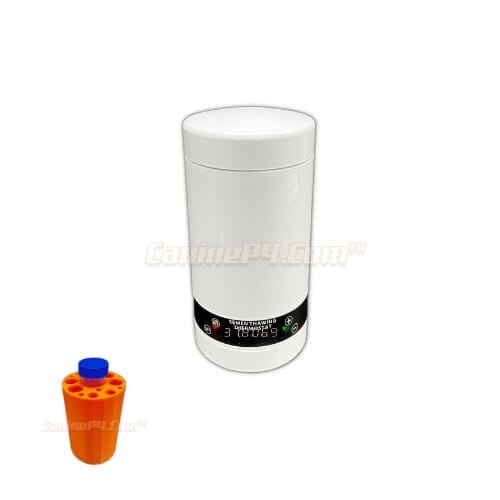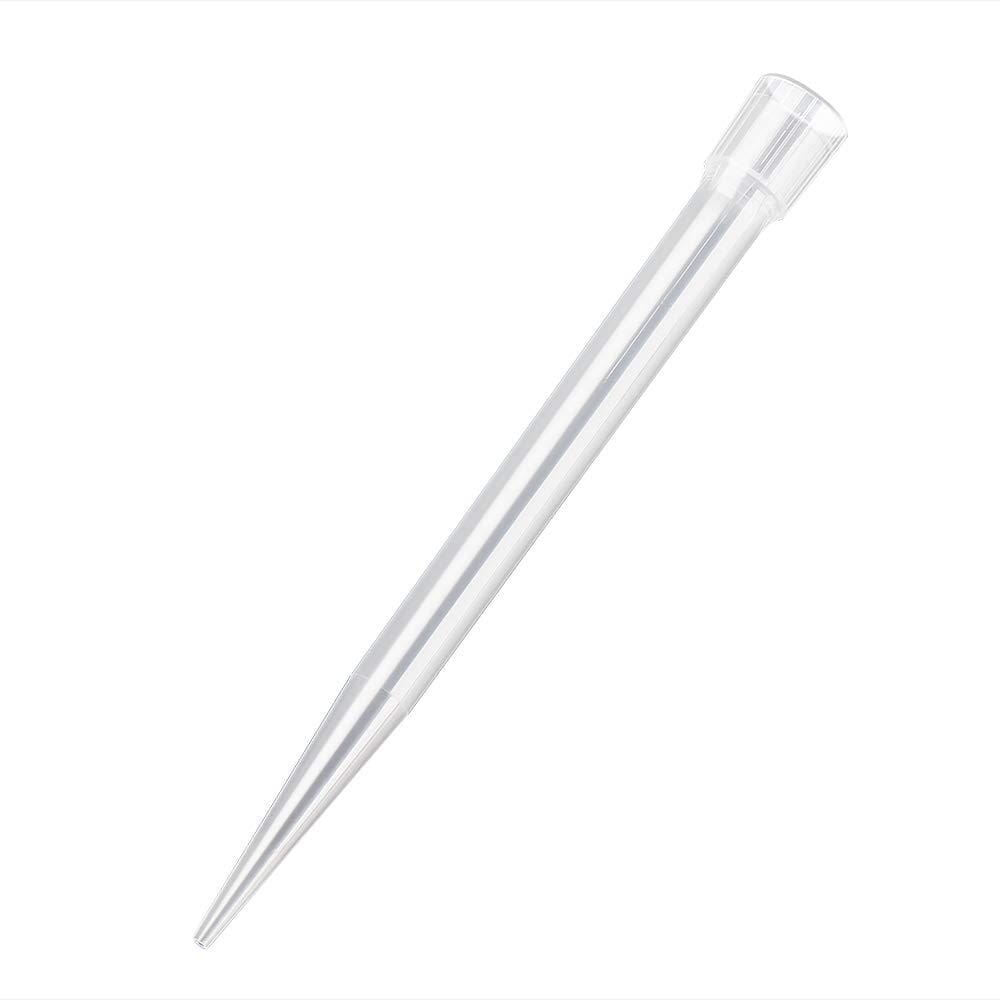Menu
Dog Sperm Analysis: Everything You Should Know

For breeders and non-breeders alike, a dog sperm analysis provides useful information for assessing fertility before breeding and other sperm collection purposes.
Should you have one or not? Learn more about canine sperm analysis in this article and come away with a better understanding of what’s affecting low sperm count, and what you could do to breed better.
Why Get a Dog Semen Analysis
Dogs are the cutest. They can brighten up an otherwise long and boring day, and for that alone, improve the lives of their owners.
And while some dogs only provide companionship, others can serve a special purpose. This is one reason why plenty of breeders purpose-breed dogs to hunt, herd livestock, and serve as guides for the visually impaired.
But whether you’re breeding service dogs or not, you can breed better and maximize breeding success when you’re armed with your dog’s semen data.
Semen analysis can tell you if your dog has normal sperm production and if there are infertility problems you should know about.
Some people also get sperm analysis for their dogs after an illness or therapy, just to make sure their dogs are still fertile.
Following are what you can expect in a canine semen analysis.
What’s Involved in a Routine Analysis
In a routine test, your dog will be evaluated for the following: libido and ejaculatory process, semen volume, color, sperm motility, sperm morphology (or how normal the individual cells are), sperm concentration, and sperm count.
PRE-COLLECTION
●Libido and ejaculatory process
Dogs are first taken to an area with a female dog in heat. If this is not possible, swabs with the scent are provided with the possible addition of a female dog but only for visual stimulation.
The clinicians will test for how easily your dog can be stimulated, whether the erection is normal and if there is no blood or urine in the semen.
●Semen volume
The ejaculate is collected and a volume is taken using a syringe with no rubber stopper (latex can be spermicidal. I.e. it kills sperm cells). The volume of the sperm collected does not affect the quality of the sperm.
The volume will only be used as a multiplier to find out the total sperm in the ejaculate.
POST-COLLECTION
The specialists will test for the following:
●Motility
Motility refers to the number of sperms moving actively under a microscope. Motility decreases with time, so if you’re going to collect at home, you should get the sample immediately to the clinic within 2 to 3 hours after collection. It will also help to freeze the sample first and get the frozen sample to the vet immediately, again within 2 to 3 hours.
Fertile dogs have motility of 90% - 95%. Below that may indicate reduced fertility.
●Morphology
Semen is classified as either active, dead, or abnormal. Dead and abnormal cells may show irregularities in the head, neck, mid-piece, and tail.
A less than 80% morphology result may mean reduced fertility.
●Sperm Concentration and Output
The number of sperm is counted and sperm concentration and output are calculated. A sperm count of 100,000 or more is considered a healthy sperm count.
Factors Affecting Poor Dog Sperm Analysis
You should know that if your dog is anxious and if he is on medication, semen quality may be affected. Further collection is needed to assess fertility accurately.
Also, if you're going to be collecting from home, it's important to put your dog at ease and do it in a quiet and free from distraction area.
If the test shows a poor semen quality, don't despair as these dogs can generally still reproduce. The mated female may miss but a repeated mating around the time of ovulation will increase chances of success.

Consider purchasing progesterone test kits to know the optimal days for mating.
Factors Affecting Male Dog Infertility
●Age
Sperm quality is affected by age and activity. Young and active dogs between 1 to 2 years of age have the highest sperm count and healthiest motility and morphology.
If your dog has good stud potential, you might consider freezing the sperm as sperm count decreases with age.
●Heat Stress

Hot weather can make dogs infertile and dogs kept in kennels outside are at high risk.
Heat stress impacts the fertility and reproductive performance of male dogs. When it's too hot, a temperature of 102°F may affect fertility but over 105°F can render a dog infertile. So you might want to place your kennels under a shade if you must keep your dogs outside.
Injuries to the testes and other health issues
Injury to the testes and other medical conditions such as prostatitis and brucellosis can cause infertility in dogs.
Prostatitis refers to a prostate gland disease in dogs. Brucellosis, on the other hand, is a contagious disease caused by the bacterial organism called Brucella canis.
Because it is contagious, male dogs should be tested for Brucellosis before breeding to prevent the spread of the disease. Brucellosis in females can cause miscarriage.
How to Improve Sperm Quality and Increase Fertility in Dogs
There are things you can do for your dogs to help them improve their sperm quality.
Protect from high temperature
One of the best things you can do right now is to make sure your dogs are protected from extreme heat. Shield your dogs from high temperatures by placing their kennels under a shade.
Treat bacterial infections
Regular testing for bacterial infections will help you detect and treat any illness and infections early.
Inclusion of Vitamin E in diet
Recent data shows that the inclusion of Vit E in a dog’s diet will improve fertility in dogs. Most dog foods have vitamin E in them. Consult with your veterinarian for supplements you may give as well.
Need Sperm Analysis Kits?
If you need dog sperm analysis tools and kits, take a look at our sperm analysis products for your breeding needs. If you need more information, get in contact with us. We’re here to help!
Browsing history
- Choosing a selection results in a full page refresh.



